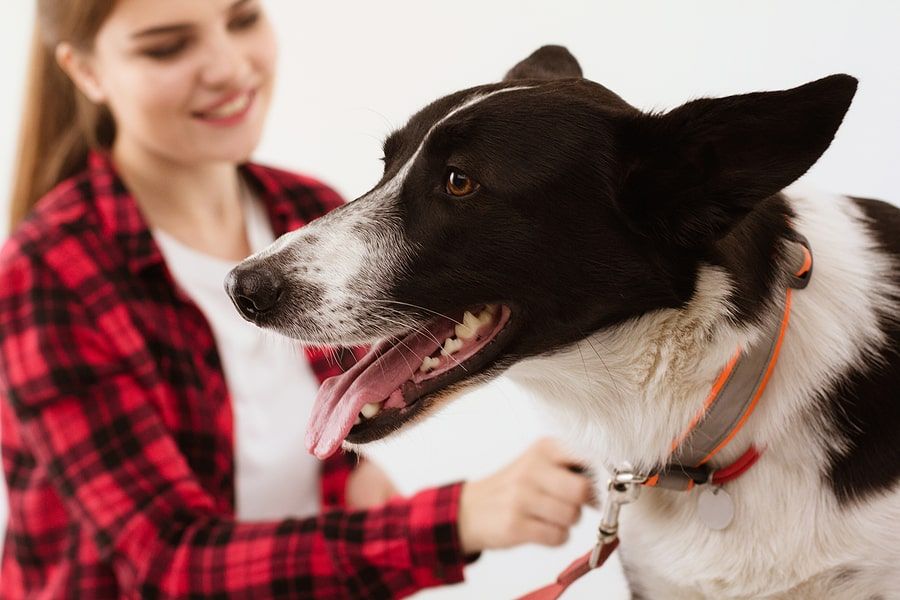Signs and Symptoms of Blood Pressure Problems in Your Dog
There are plenty of things to worry about when you get a dog. Inviting a pet into the home means bringing in a new level of scrutiny. Things that you would never have thought to be a danger could be. Chocolate needs to be put out of reach. You must make sure your dog isn't eating grass. And what if your new best friend takes a liking to the remote control as a snack?

Because we love our pets, we worry about their safety. We take them to the vet and keep our eyes peeled for problems to prevent anything bad from happening.
But how often do we think about high blood pressure in dogs? Just as we can develop hypertension as we age, so can dogs. If you don't know what signs to look for, then you won't see them when they pop up.
High blood pressure in dogs
High blood pressure in dogs is not very common. There's a range of estimates for how many dogs experience high blood pressure ranging from 0.5% to 10% of dogs. For a dog's blood pressure to be considered high, it must be consistently higher than normal dog blood pressure (above 150mmHg).
A normal dog blood pressure range is quite wide and goes higher than the healthy range for humans. A normal dog blood pressure will range anywhere from 110/60 to 160/90.
There are two different types of high blood pressure in dogs.
The first is high blood pressure caused by hereditary factors. This makes up only about 20% of cases of high blood pressure in dogs.
The second type is called secondary hypertension. This is high blood pressure caused by an underlying disease. Most cases of high blood pressure in dogs are secondary. Because of this, it is important to understand the signs and symptoms of high blood pressure in dogs.
Symptoms of high blood pressure in dogs
Often, hypertension is not something that you can clearly see. Recognizing or diagnosing high blood pressure in dogs is made even more difficult by the fact that they have no way to tell us if they are feeling sick. That is why it is important to know and to be able to recognize the symptoms of high blood pressure so that you can plan with your vet to combat it. Some of the things to look out for are:
- Weakness
- Loss of sight
- Disorientation
- Nosebleeds
- Seizures
- Heart murmurs
- Enlarged kidneys
- Rapid breathing
Any combination of these symptoms doesn't necessarily mean that your dog has high blood pressure, but it does mean that you should see your vet right away. If it is secondary hypertension, early detection could help diagnose other problems or diseases.
The kidneys
One of the most prevalent causes of secondary hypertension is kidney-related issues. The most common diseases associated with high blood pressure in dogs are chronic renal disease, endocrine disease, and diabetes.
Hypertension could also be a sign that your dog has one of the following:
- Glomerular Renal disease
- Cushing's disease
- Acromegaly
- Adrenal tumors
- Polycythemia
- Obesity
Treatment for high blood pressure
Treatment for your dog's high blood pressure will depend on the type of high blood pressure your dog suffers from.
Dogs with hereditary high blood pressure — the rarer of the two, can be treated with a change in diet and more exercise throughout the day. If that doesn't lower your dog's blood pressure, your vet may prescribe medication.
Dogs with secondary hypertension will likely receive treatment for the cause of hypertension, as opposed to the hypertension itself. Though, it is possible that your vet will prescribe medication for hypertension in conjunction with other treatments.
Often, the first signs of hypertension wind up being asymptomatic, so it is crucial for you to schedule regular vet visits if you notice any signs of high blood pressure in your dog.
If you want to know more about high blood pressure in dogs or need veterinary care, please contact Forever Vets today.


